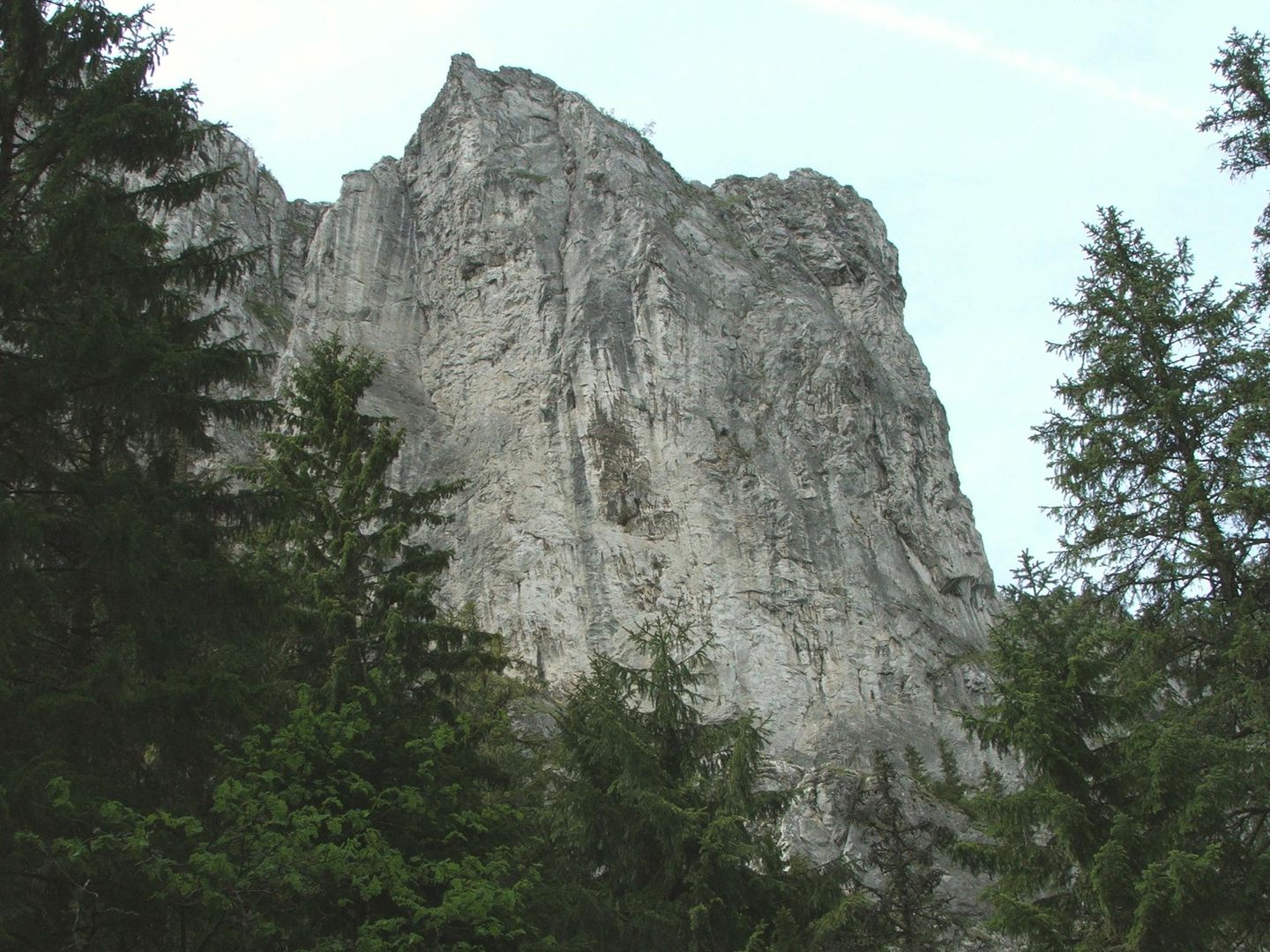Kościeliska Valley
7.01

Overview
The Kościeliska Valley, nestled in the Western Tatras, is one of Poland's most beautiful valleys, stretching approximately 9 km in length and covering an area of 35 km². This area is characterized by diverse vegetation zones, including the lower and upper montane forests as well as mountain pine thickets, which support a rich variety of flora and fauna, including rare species such as the brown bear and the Tatra chamois. The valley is renowned for its limestone formations, gorges, and caves, such as the Mroźna Cave and Smocza Jama, making it a popular tourist destination. Tourism in the Kościeliska Valley dates back to 1815, and in the 19th century, it became a source of inspiration for artists and writers, including Kazimierz Przerwa-Tetmajer and Stefan Żeromski. Historically, the valley held industrial significance, with mineral extraction and metallurgy, and was also a site of intensive pastoralism. Thousands of sheep and cattle were grazed on its clearings, leading to environmental degradation. After the establishment of the Tatra National Park, grazing was restricted, although controlled measures were introduced in the 1990s to preserve biodiversity. The valley attracts visitors not only for its natural beauty but also for its rich history, evidenced by numerous wooden architectural landmarks such as inns and foresters' lodges, as well as traditional highlander carriages that offer tours of this picturesque region. During the summer season, the valley becomes one of the most crowded spots in the Tatra Mountains, and its accessibility from Zakopane, combined with its diverse attractions, draws numerous nature enthusiasts and mountain hikers.
Location
2025 Wizytor | All Rights Reserved